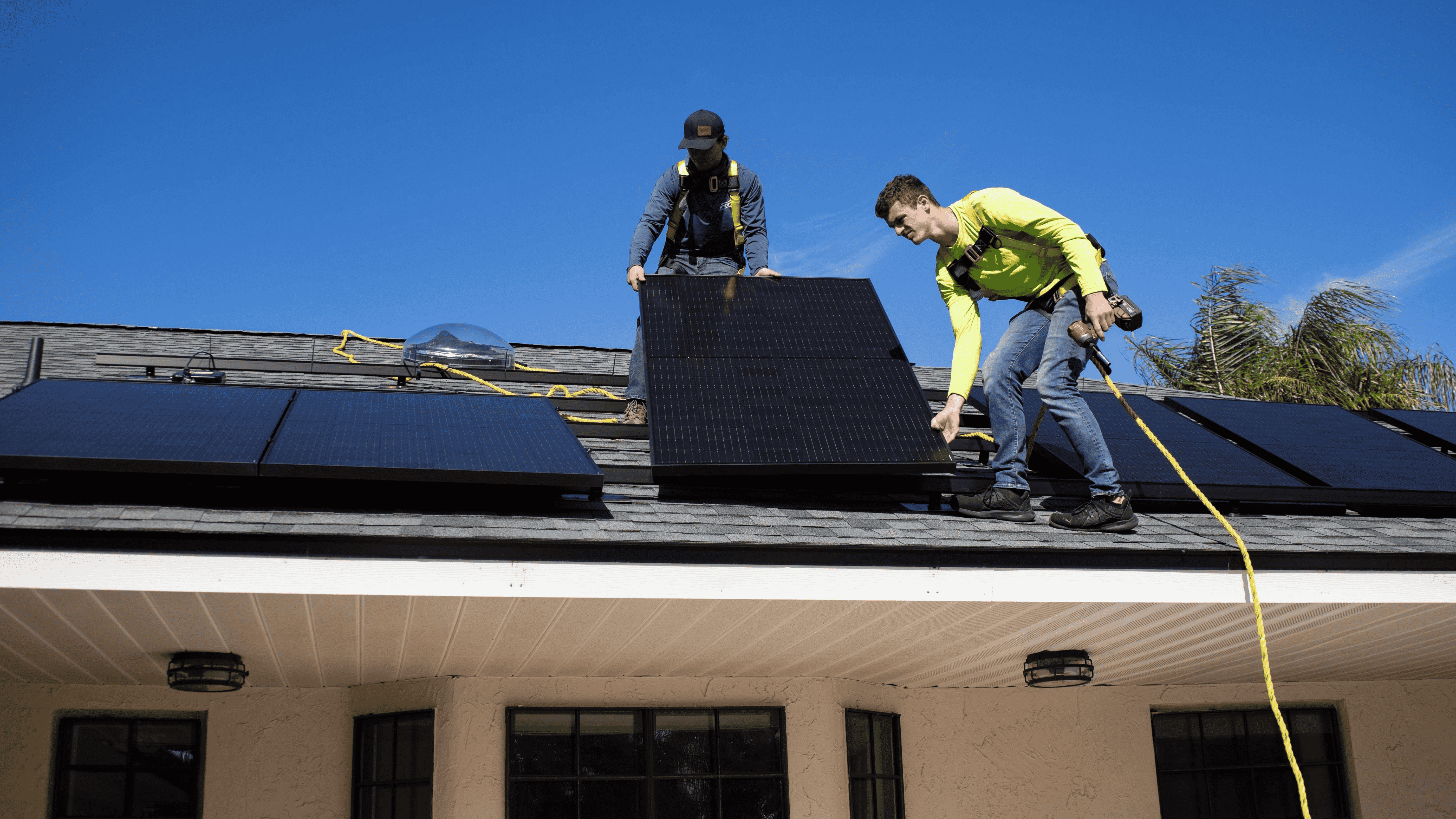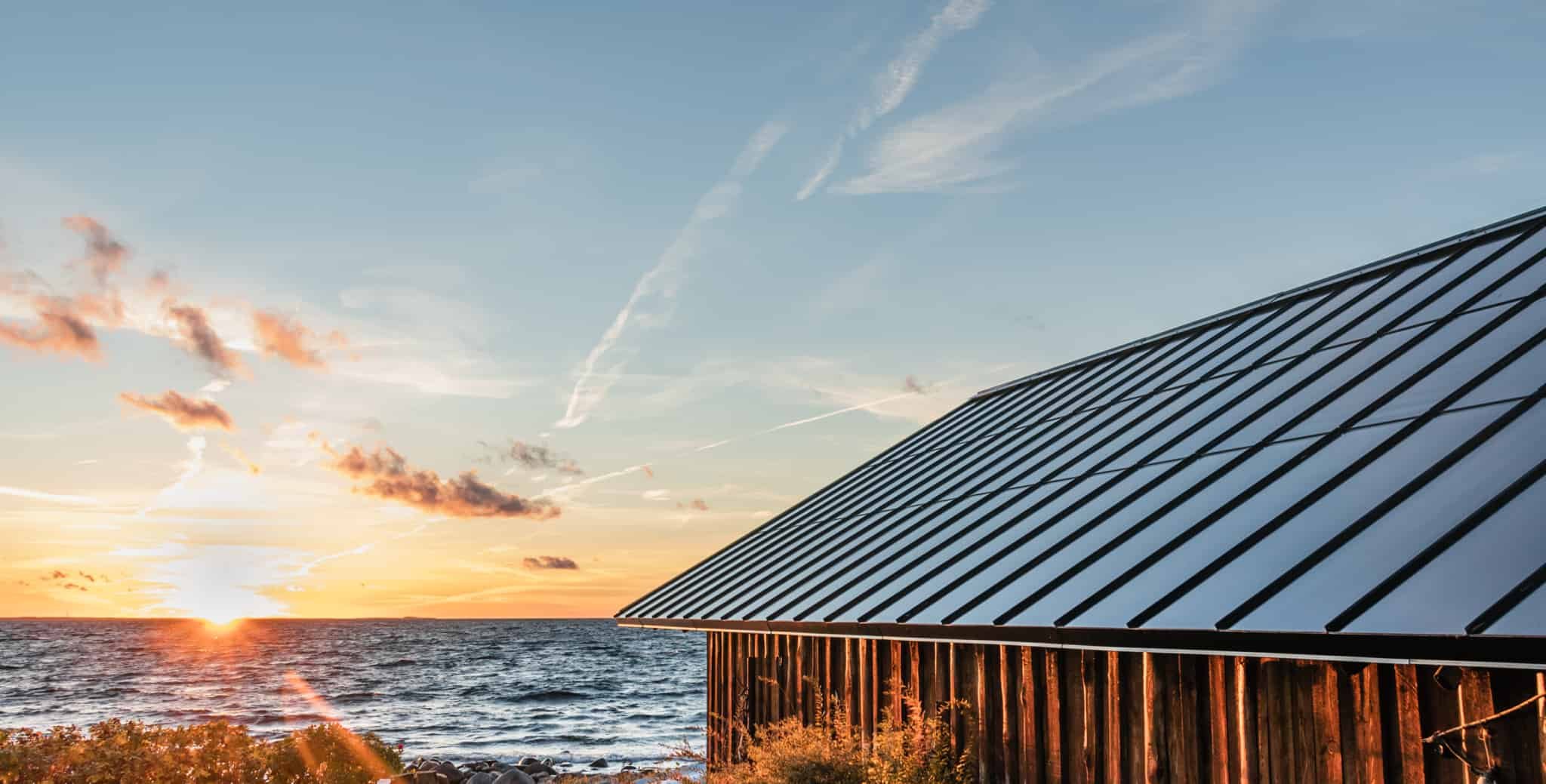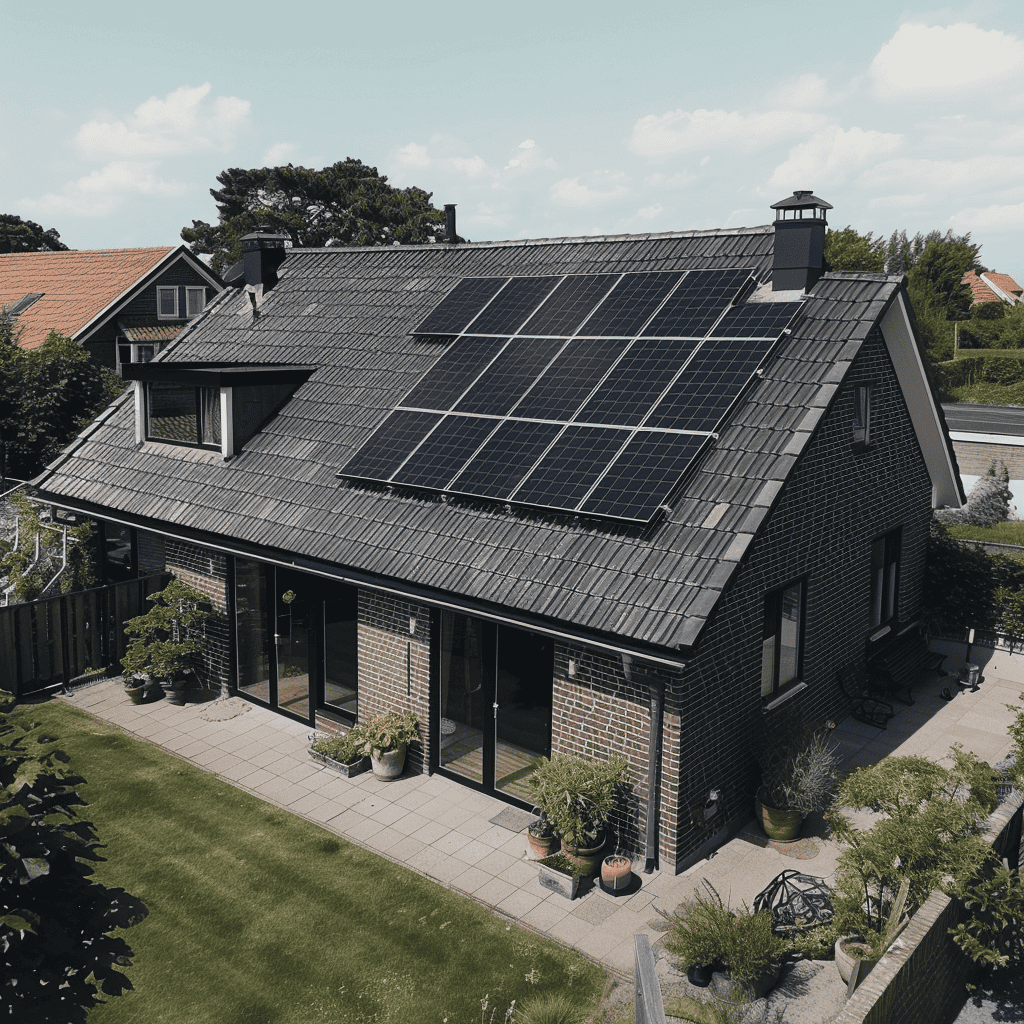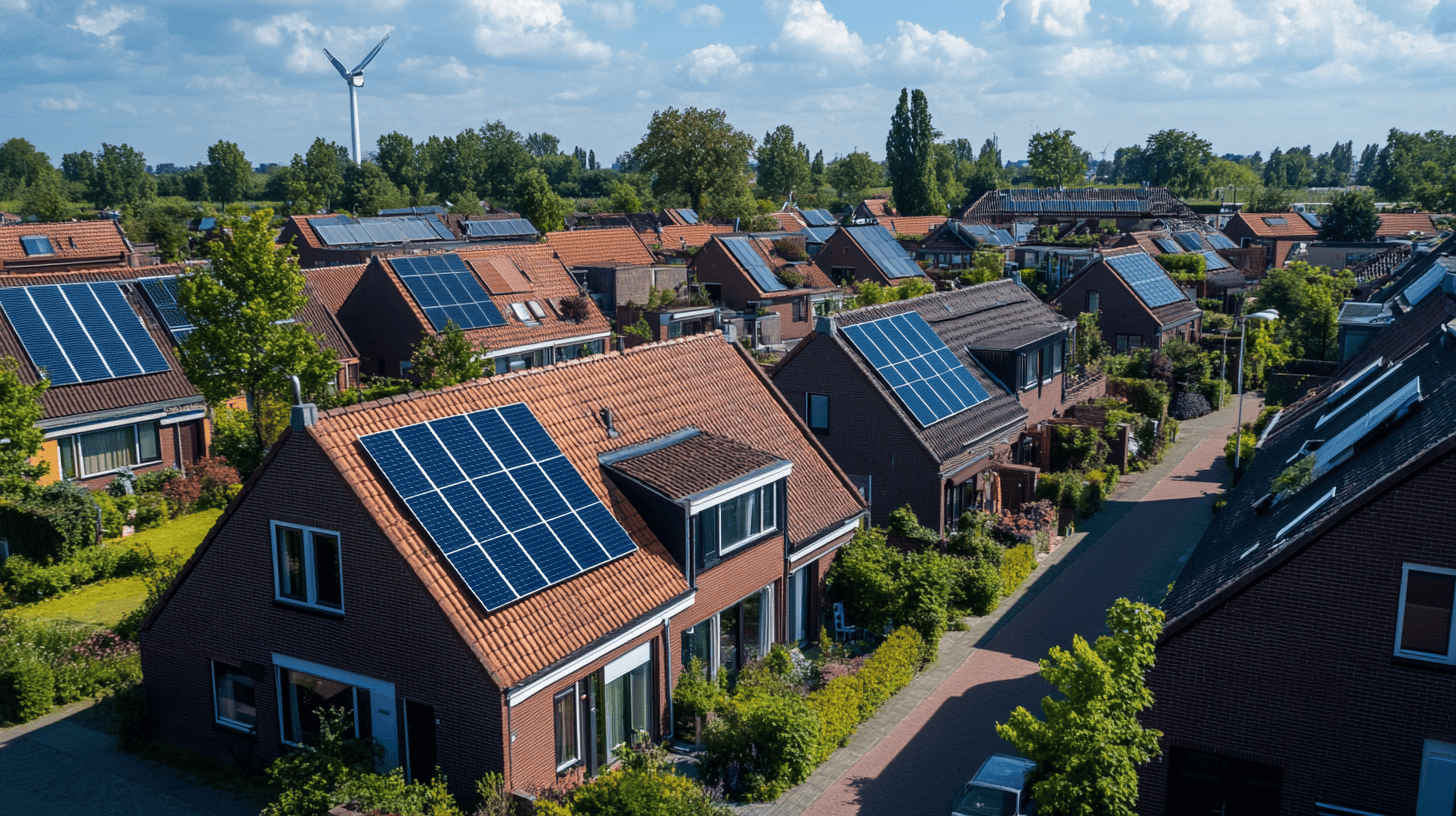
Lightweight solar panels are revolutionizing the solar industry, with the potential to overcome structural limitations of buildings and accelerate solar technology deployment. Despite higher initial costs and lower efficiency, lightweight solar panels present an innovative solution for structures that cannot bear the weight of standard panels. The trade-off between efficiency and flexibility will depend on individual circumstances, but the advancement in lightweight solar technology undoubtedly unlocks new opportunities for solar power applications.
- Lightweight solar panels allow for harnessing sunlight, where it’s not possible with conventional photovoltaic (PV) cells.
- Not all buildings can bear the weight of standard solar modules.
- Currently, lightweight solar panels are still too expensive and have a lower efficiency than “heavier” ones.
Lightweight solar panels: a solution for structural limitations
One of the key challenges of implementing solar technology is the structural integrity of the buildings. Traditional solar panels are heavy, and not all structures can bear the weight. However, recent developments in lightweight solar technology provide solutions for such limitations. A collaboration between Netherlands-based manufacturers, Solarge and Econcore, has led to the creation of lightweight solar panels, which are fully recyclable and up to 65 percent lighter than conventional ones.
These panels eliminate the need for an aluminum frame, significantly reducing their weight and making them more impact-resistant. Additionally, these lightweight panels are more suitable for weight-restricted buildings. An Australian company, Goodwe, has also introduced a frameless solar panel 60 percent lighter than conventional PV modules, designed specifically for rooftops that cannot support traditional PV and racking.
Flexible installation options and faster deployment
With their reduced weight, lightweight solar panels offer more flexible installation options. They can be installed on non-traditional surfaces such as carports, sheds, and vehicles, making them ideal for off-grid applications. This flexibility opens up a wide range of options for solar portability, previously unsuitable for heavy, traditional panels. For instance, they are being used to replace diesel power in caravans, boats, and during camping.
The lightweight nature of these panels also allows for faster and easier installation. Less invasive fixing to the structure means that installation can be completed more quickly, providing a cost saving on the installation process. This is a significant advantage for commercial and residential buildings requiring grid connection, where the reduced weight and panel flexibility of lightweight solar panels offer additional installation options.

Performance and efficiency considerations
While lightweight solar panels offer many advantages, it’s important to consider their performance and efficiency. Standard, rigid solar panels typically have an efficiency rating of between 16 and 20 percent. On the other hand, lightweight or flexible solar panels currently offer an efficiency of between 7 and 15 percent, some 25 to 50 percent less.
This means more lightweight solar panels will be needed to generate the same power as a standard rigid panel set-up. So comparatively, the cost will be higher for a lightweight solar array, though lower installation costs will somewhat offset this. However, for more portable and personal solar applications, such as vehicles and camping, performance issues are less apparent.

Cost implications and long-term use
Lightweight solar panels typically cost more than rigid solar panels. The total installed cost of lightweight panels for a commercial or residential grid-connected system is around 30 to 40 percent more expensive than for an equivalent rigid solar array. Not only are the lightweight panels more costly, but due to lower efficiency, more panels are needed to match the power output of an equivalent rigid panel system.
When considering the total cost of ownership over the expected lifetime of a solar solution, particularly in commercial and residential grid-connected systems, the shorter lifespan of lightweight solar panels becomes a factor. This is why they have a shorter warranty period, and if the panels are to be used long-term for, say, residential power generation, the replacement cost of the entire array (and potential replacement of damaged panels in addition to this) should be factored into the lifetime expected cost of the solar solution.

The future of lightweight solar panels
Despite the challenges, lightweight solar panels present a significant breakthrough in the solar industry. They are an innovative solution to the structural limitations of buildings, offering more installation options and potentially speeding up the deployment of solar technologies. As with any emerging technology, increased use and further research and development will ultimately improve power output and performance.
Solarge, Econcore, and GoodWe contribute to this development, making solar technology more accessible and versatile. While the initial costs and lower efficiency may be deterrents for some, the potential benefits and opportunities that lightweight solar panels offer cannot be overlooked. They are paving the way for a more flexible and inclusive solar-powered world.








